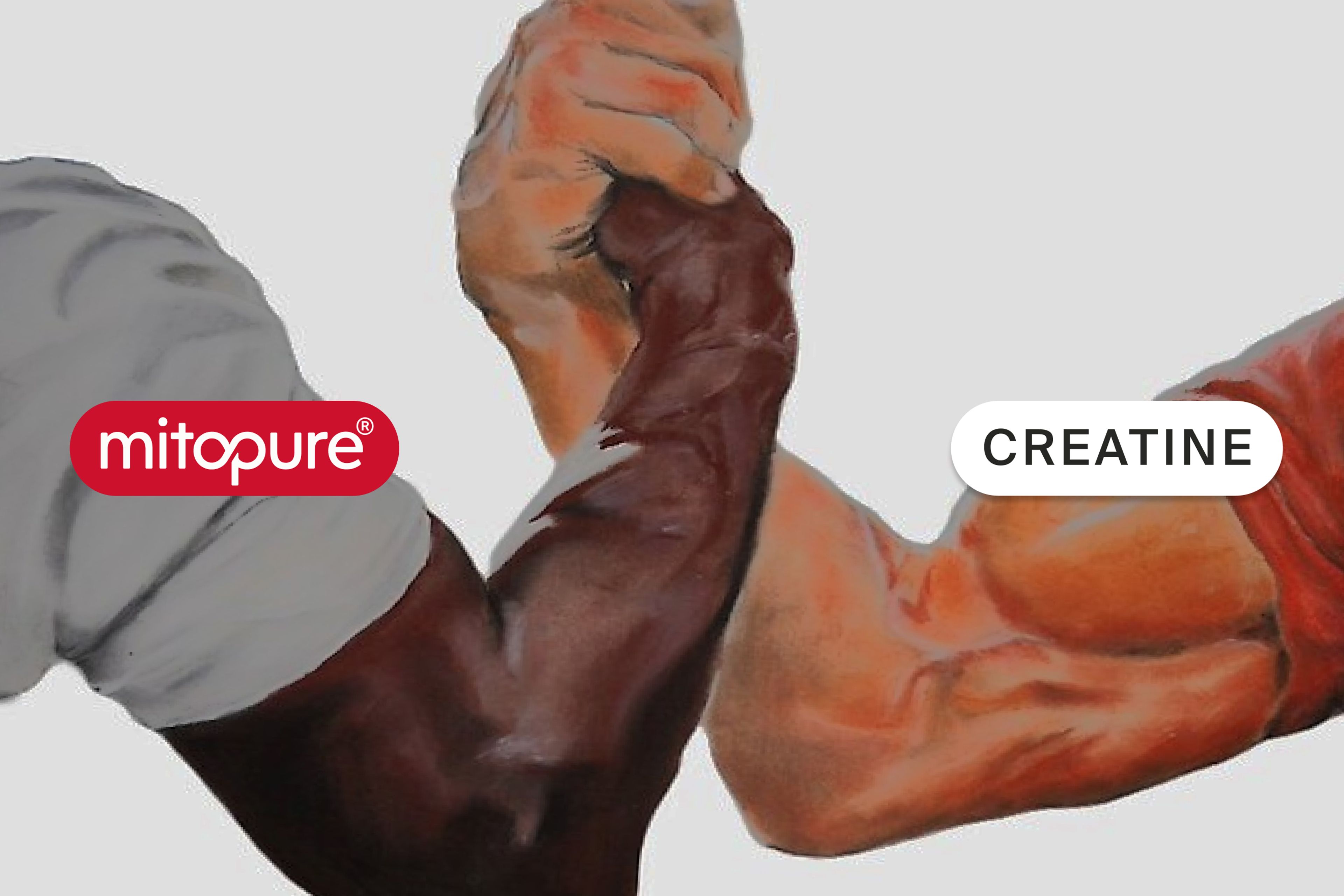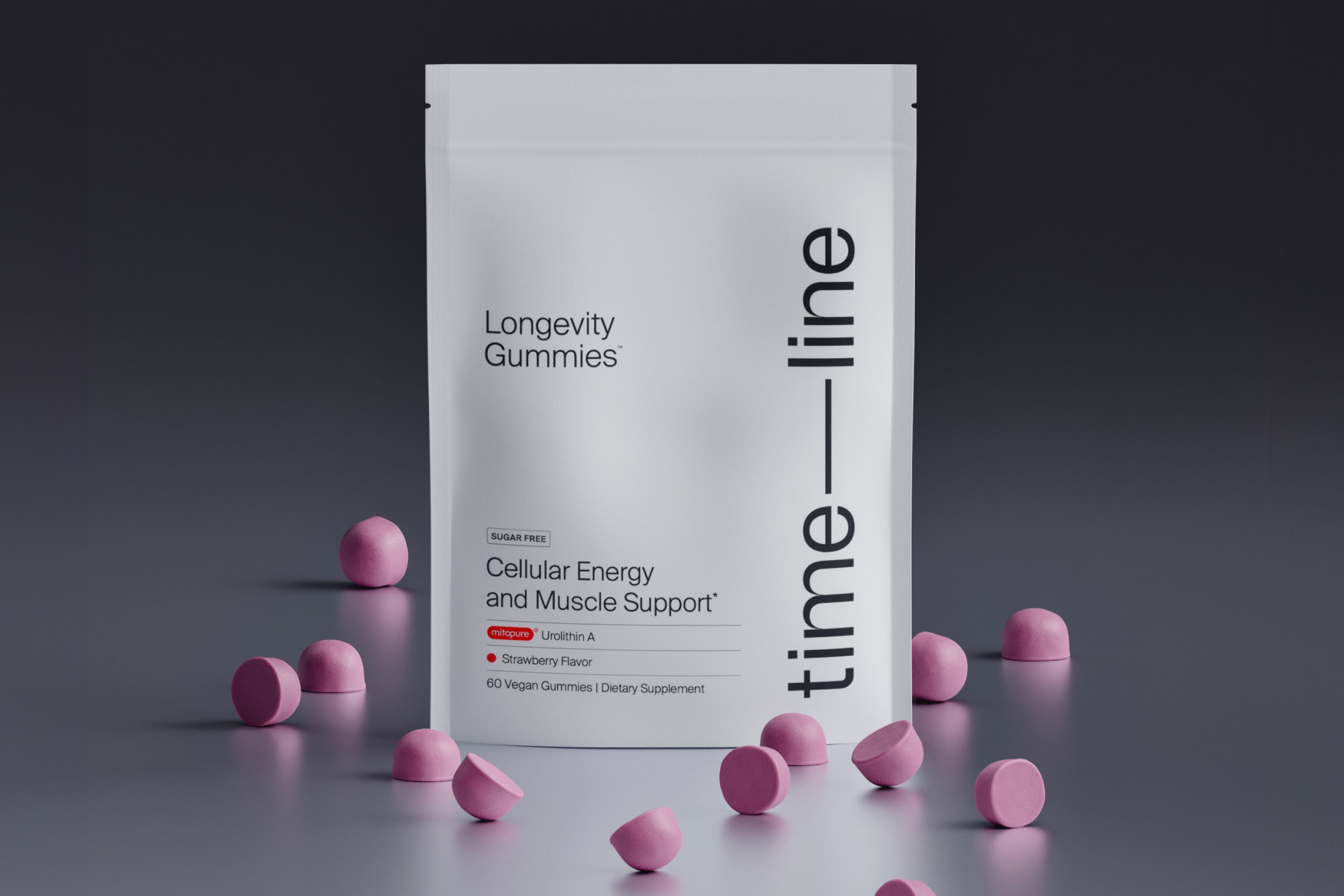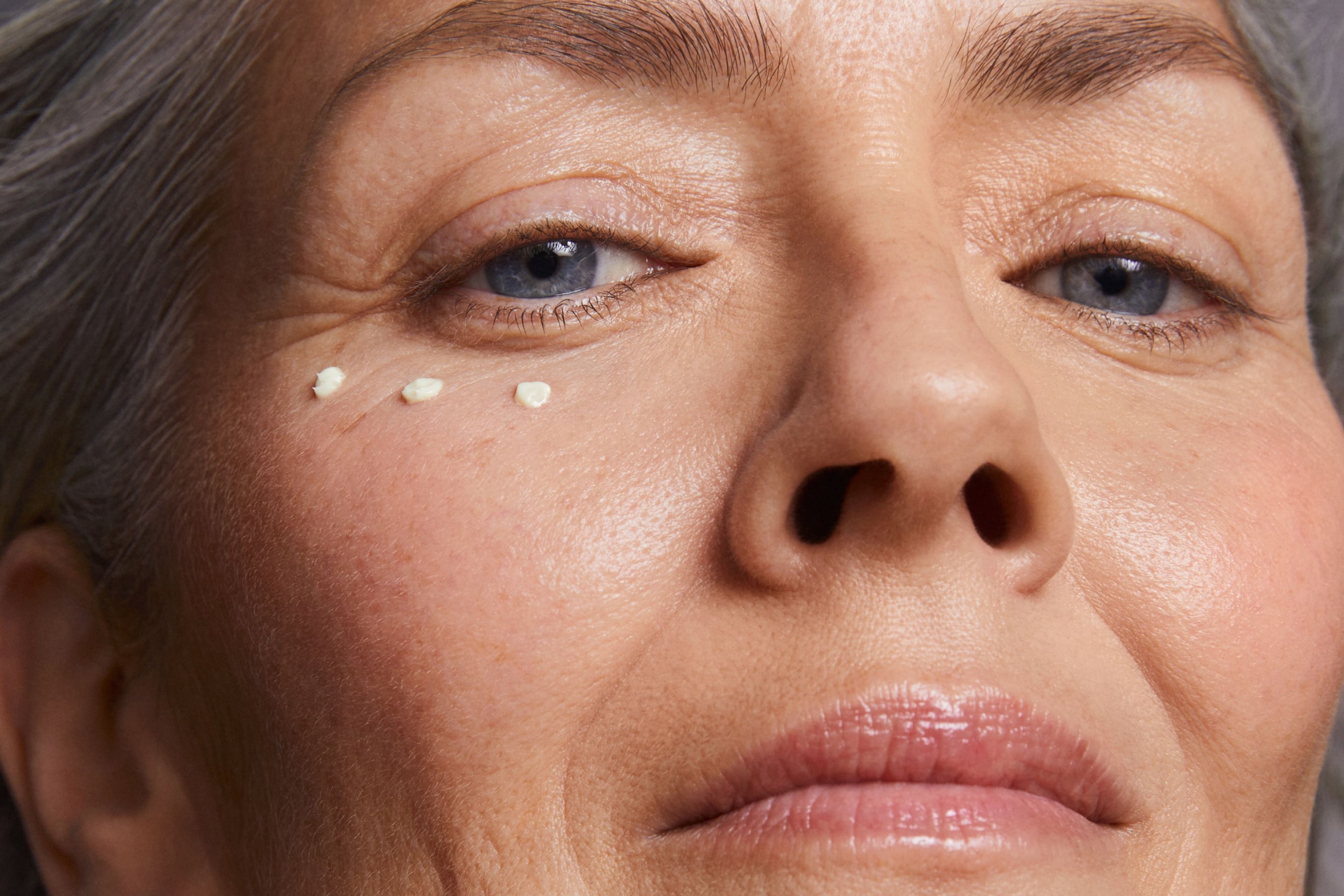Autophagy's role in skin health and vitality
Unlock the secrets of skin rejuvenation by exploring the role of autophagy and how it can help protect from photodamage.

What to know
Autophagy, which refers to the breakdown and recycling of old or damaged cells, is key when it comes to the health of the skin
Autophagy works to protect the skin from damage from UV radiation and may prevent wrinkles and sagging
A skincare routine that involves the application of products that promote the key hallmarks of aging play a key role in maintaining skin health with age
As the quest for healthy aging takes center stage in scientific exploration, autophagy emerges as a cellular hero. It is a natural process where our bodies break down and repurpose the old and worn-out cellular parts.[1]
The term autophagy has become more widely recognized as proponents of intermittent fasting have shared the role this process plays in aging. However, it's not just about keeping our inner world healthy; this process holds the secret to resilient, youthful skin, proving that skin health starts deep beneath the surface.

How does autophagy affect skin?
While additional research is needed to fully understand the relationship between autophagy and skin aging, studies have uncovered some benefits of this process. Research has shown that autophagy can help reduce the damage caused by UV exposure. However, scientists are still figuring out if activating this process can actually prevent skin aging due to sun exposure and exactly how this would work in our bodies. What we do know is that when autophagy is slowed down, skin exposed to the sun tends to age and get damaged more quickly. This has led researchers to explore whether kick-starting autophagy in the skin might be an effective way to prevent the signs of aging caused by the sun and even reduce the risk of skin cancer.[2]
With age, there may be numerous changes to the skin, and exposure to UV radiation is one cause. UV rays can penetrate the skin layers, which contributes to wrinkling and sagging.[3]
Autophagy works to clear damaged cells to promote cell survival during periods of oxidative stress and helps to create a balance of healthy skin cells.
As skin ages, there is also a loss of elastin and collagen fibers, which may lead to wrinkles and loose, sagging skin.[4] Elastin and collagen fibers are arranged differently in non-UV-exposed skin as compared to UV-exposed skin, and a hallmark of photoaging is the accumulation of partially degraded elastin fibers in the upper layer of the dermis.[5]
Autophagy may help reduce collagen degradation in cells that have been damaged due to exposure,[6] and studying autophagy for loose skin and skin tightening will continue to be an area of interest.
Targeting hallmarks of skin aging
As science continues to unveil the biological pathways that contribute to skin aging, new molecules are being identified that can help protect our skin. Mitopure® (Urolithin A) has been clinically proven to target both the intrinsic and extrinsic factors associated with skin aging by renewing the cell's energy centers.
Clinical trials with the topical application of Mitopure have shown a reduction in wrinkle depth and volume in just two weeks.[7] Additional trials have shown Mitopure's ability to support collagen organization and assembly and help protect skin from photodamage.

Final words
Given the potential autophagy benefits for the skin, a continued focus on clinical trials is warranted. Choosing skin health products that target the cellular reasons why we age can make a profound difference on both the health of our skin, and its appearance.
Authors

Written by
Freelance writer

Reviewed by
Lead Regulatory Affairs & Scientific Manager Alliances at Timeline
References
- ↑
Parzych KR, Klionsky DJ. An overview of autophagy: morphology, mechanism, and regulation. Antioxid Redox Signal. 2014 Jan 20;20(3):460-73. doi: 10.1089/ars.2013.5371. Epub 2013 Aug 2. PMID: 23725295; PMCID: PMC3894687.
- ↑
Wang M, Charareh P, Lei X, Zhong JL. Autophagy: Multiple Mechanisms to Protect Skin from Ultraviolet Radiation-Driven Photoaging. Oxid Med Cell Longev. 2019 Dec 13;2019:8135985. doi: 10.1155/2019/8135985. PMID: 31915514; PMCID: PMC6930764.
- ↑
Imokawa G., Nakajima H., Ishida K. Biological mechanisms underlying the ultraviolet radiation-induced formation of skin wrinkling and sagging II: over-expression of neprilysin plays an essential role. International Journal of Molecular Sciences.
- ↑
Eckhart L, Tschachler E, Gruber F. Autophagic Control of Skin Aging. Front Cell Dev Biol. 2019 Jul 30;7:143. doi: 10.3389/fcell.2019.00143. PMID: 31417903; PMCID: PMC6682604.
- ↑
Gilchrest BA. Photoaging. J Invest Dermatol. 2013 Jul 1;133(E1):E2-6. doi: 10.1038/skinbio.2013.176. PMID: 23820721.
- ↑
Ma J, Teng Y, Huang Y, Tao X, Fan Y. Autophagy plays an essential role in ultraviolet radiation-driven skin photoaging. Front Pharmacol. 2022 Oct 6;13:864331. doi: 10.3389/fphar.2022.864331. PMID: 36278173; PMCID: PMC9582953.
- ↑
Topical application of Urolithin A slows intrinsic skin aging and protects from UVB-mediated photodamage: Findings from Randomized Clinical Trials. DD’Amico, AMFouassier, JFaitg, NHennighausen, MBrandt, DKonstantopoulos, CRinsch, ASingh. medRxiv 2023.06.16.23291378; doi: https://doi.org/10.1101/2023.06.16.23291378
Disclaimer
The information in this article is for informational purposes only and should not be taken as medical advice. Always consult with your medical doctor for personalized medical advice.
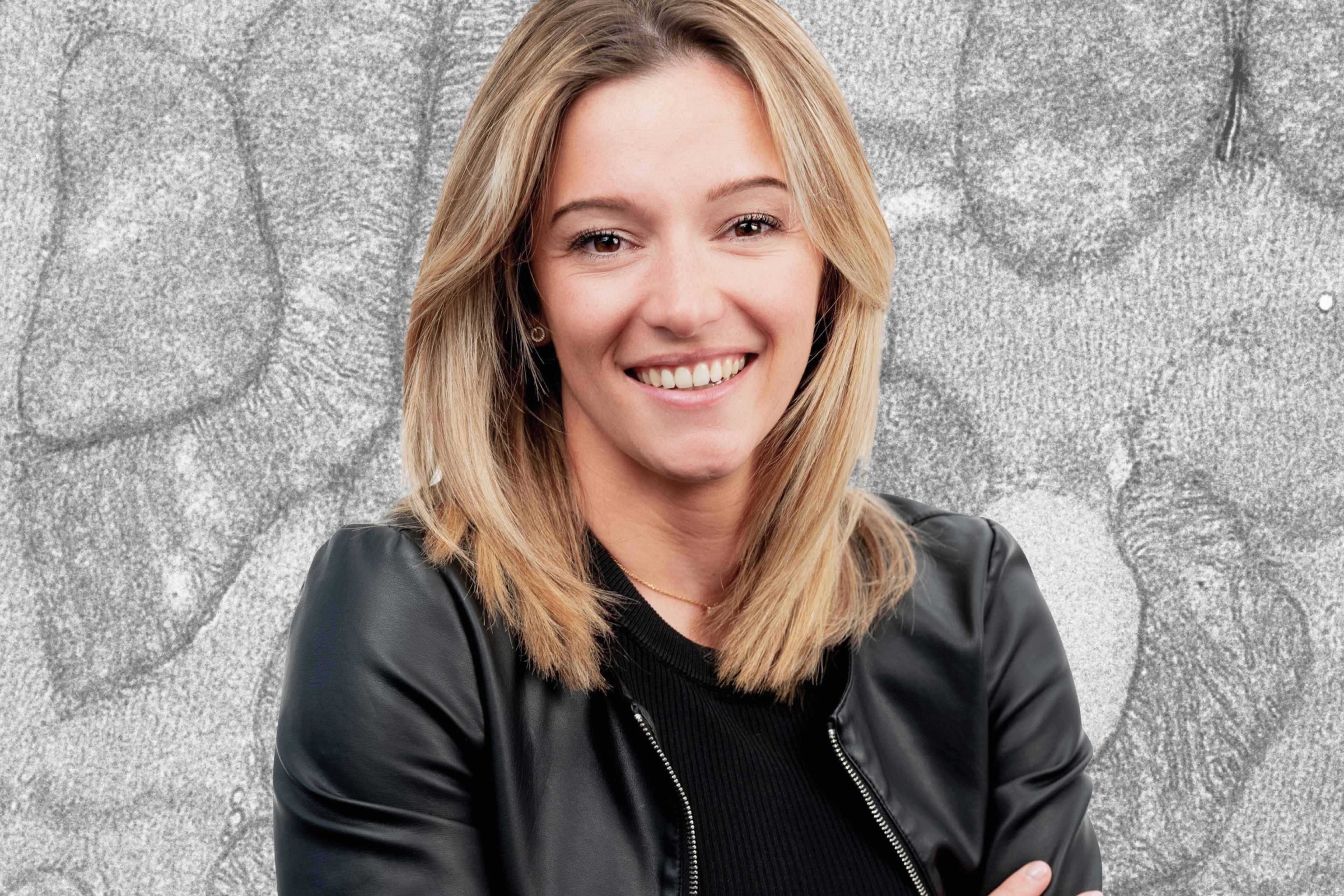
•
Skincare•
Inside Timeline’s Lab: Meet Mitochondria Expert Julie Faitg
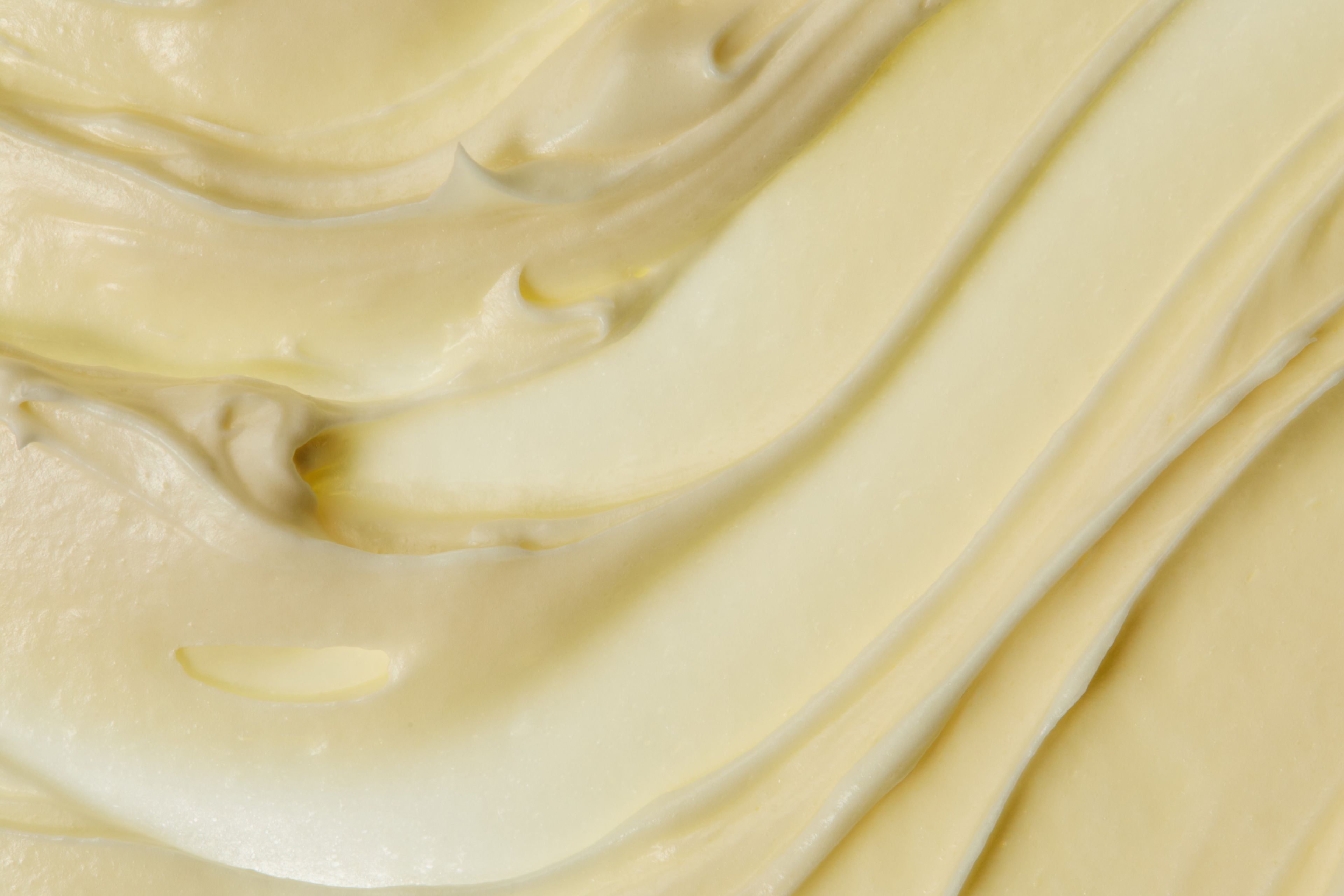
•






